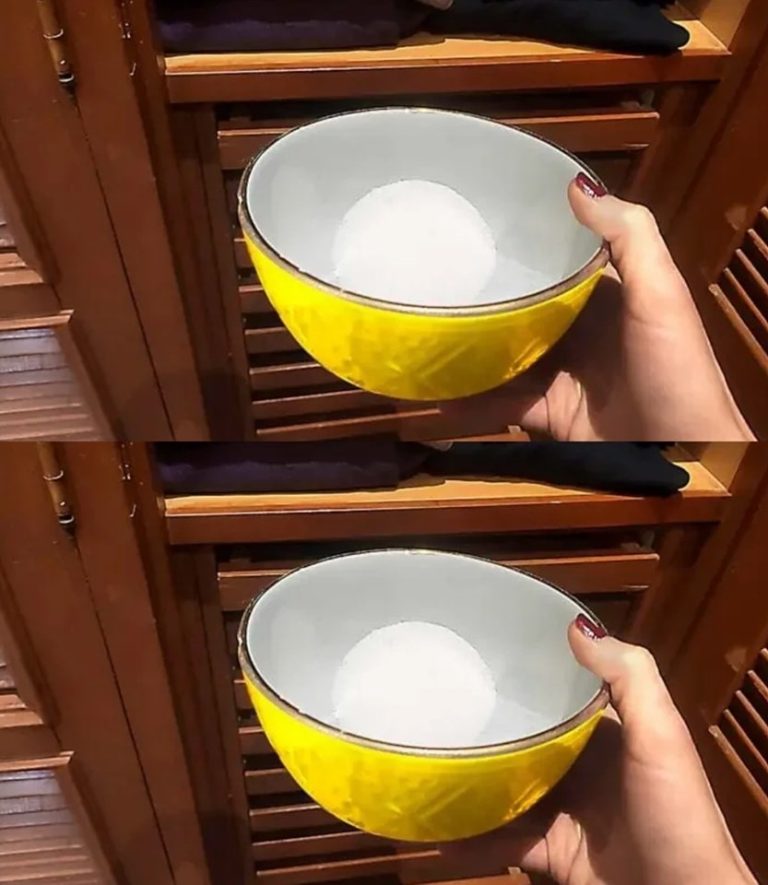ADVERTISEMENT
**How to Remove Moldy Smells from Furniture: A Complete Guide to Restoring Your Space**
Moldy smells are not only unpleasant, but they can also be an indication of underlying issues such as moisture buildup or humidity problems in your home. If you’ve noticed a musty odor coming from your furniture, you may be dealing with mold or mildew, which thrive in damp environments. Fortunately, removing moldy smells from furniture doesn’t have to be an overwhelming task. In fact, with the right knowledge and a few simple techniques, you can eliminate the unpleasant odor and restore your furniture to its former freshness.
In this article, we’ll walk you through the steps you need to take to remove moldy smells from furniture. We’ll cover practical methods and provide valuable tips to help you address the problem efficiently and prevent future issues. By the end, you’ll know exactly how to handle moldy furniture and how to maintain your home to avoid future mold problems.
—
### **What Causes Moldy Smells in Furniture?**
Before we dive into the specifics of how to remove moldy smells from furniture, it’s essential to understand why these odors occur in the first place. Mold and mildew are fungi that thrive in warm, damp, and poorly ventilated areas. They can grow on various surfaces, including wood, fabric, leather, and cushions, leading to musty odors that can seep into your furniture.
There are several reasons why mold and mildew might develop on your furniture:
1. **High Humidity:** Excess moisture in the air, often caused by high humidity, is one of the most common reasons for mold growth. In areas with humidity levels above 60%, mold can grow on porous materials like wood, fabric, and upholstery.
2. **Water Damage:** Furniture that has been exposed to water or leaks can quickly develop mold. Even small amounts of water from spills, floods, or plumbing issues can cause furniture to absorb moisture, creating the perfect environment for mold.
3. **Poor Ventilation:** Rooms with limited airflow and poor ventilation can trap moisture, which encourages mold growth. Areas such as basements, attics, and bathrooms are particularly susceptible to mold problems if they’re not well-ventilated.
4. **Dirty Furniture:** Dust, dirt, and food particles can accumulate on furniture, providing organic matter that mold feeds on. Over time, this can create a breeding ground for fungi.
5. **Seasonal Changes:** Changes in temperature and humidity, especially during the summer or rainy seasons, can trigger mold growth if your furniture is not properly protected from moisture.
Understanding the source of the moldy smell is key to addressing the issue effectively. Now, let’s explore how to tackle it.
For Complete Cooking STEPS Please Head On Over To Next Page Or Open button (>) and don’t forget to SHARE with your Facebook friends
